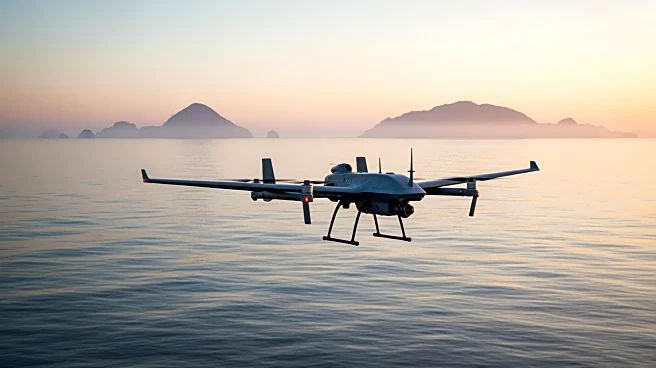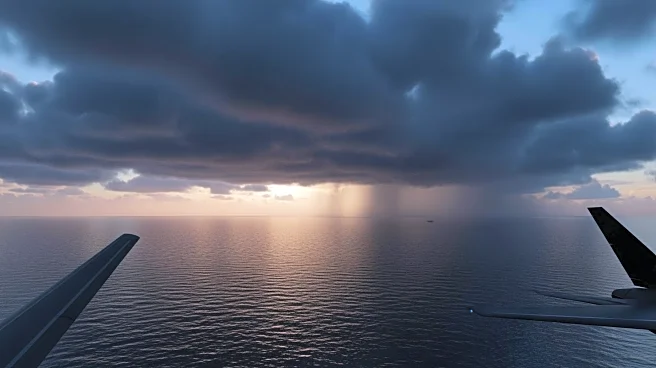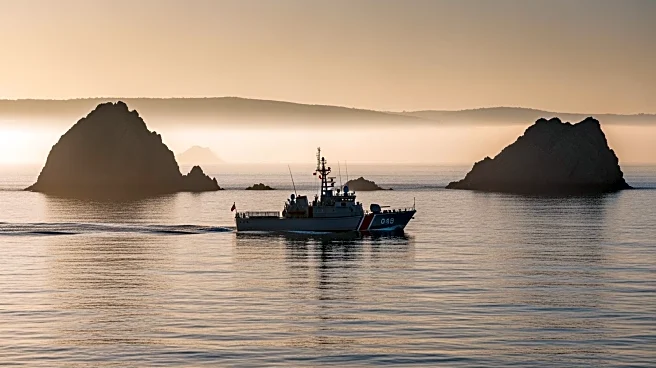What's Happening?
The United States has deployed Marine Corps MQ-9A Reaper drones to the Philippines to enhance surveillance in the South China Sea, a region marked by escalating confrontations between Chinese and Philippine ships.
The deployment aims to provide around-the-clock monitoring of waters where Chinese ships have challenged Manila, strengthening the U.S.'s ability to track and push back against hostile behavior. The White House has labeled China's maritime claims and actions as increasingly coercive, undermining regional stability. The U.S. remains committed to defending the Philippines under the 1951 Mutual Defense Treaty, emphasizing its role as a Pacific naval power.
Why It's Important?
The deployment of drones underscores the strategic importance of the South China Sea, a critical area for global shipping lanes and regional security. China's actions in the region have raised concerns among U.S. allies and partners, prompting increased military presence and surveillance. The U.S.'s commitment to defending the Philippines highlights the significance of maintaining a free and open Indo-Pacific, countering China's territorial ambitions. The situation has implications for international relations, trade, and security, as tensions in the South China Sea could affect global economic stability and geopolitical dynamics.
What's Next?
The temporary deployment of drones is expected to continue, providing long-range reconnaissance capabilities to the Philippines. The U.S. and its allies may increase military cooperation and conduct joint exercises to enhance regional security. The situation could lead to diplomatic engagements and negotiations to address territorial disputes and ensure peaceful resolutions. The U.S. may also explore further technological advancements and strategic partnerships to bolster its presence in the Indo-Pacific region.
Beyond the Headlines
The deployment of drones reflects broader geopolitical shifts and the importance of technological advancements in modern warfare. The use of unmanned aircraft for surveillance and reconnaissance highlights the evolving nature of military operations and the need for innovative solutions to address security challenges. The situation also raises ethical and legal considerations regarding the use of drones in contested areas and the implications for international law and sovereignty.












